
GENERAL MAP OF THE CITY SHOWING SEVERAL IMPORTANT NEIGHBORHOODS. (DENNIS MCCLENDON.)
A Biography
CHICAGO
DOMINIC A. PACYGA
THE UNIVERSITY OF CHICAGO PRESS
Chicago & London
The University of Chicago Press, Chicago 60637
The University of Chicago Press, Ltd., London
2009 by The University of Chicago
All rights reserved. Published 2009.
Paperback edition 2011
Printed in the United States of America
20 19 18 17 16 15 14 13 12 11 4 5 6 7 8
ISBN-13: 978-0-226-64431-8 (cloth)
ISBN-13: 978-0-226-64428-8 (paper)
ISBN-10: 0-226-64431-6 (cloth)
ISBN-10: 0-226-64428-6 (paper)
ISBN-13: 978-0-226-64432-5 (ebook)
Library of Congress Cataloging-in-Publication Data
Pacyga, Dominic A.
Chicago: a biography / Dominic A. Pacyga.
p. cm.
Includes index.
ISBN-13: 978-0-226-64431-8 (cloth: alk. paper)
ISBN-10: 0-226-64431-6 (cloth: alk. paper)
1. Chicago (Ill.)History. I. Title.
F548.3.P339 2009
977.311dc22
2009001192
 This paper meets the requirements of ANSI/NISO Z39.48-1992 (Permanence of Paper).
This paper meets the requirements of ANSI/NISO Z39.48-1992 (Permanence of Paper).
To Kathy, for everything
Contents
INTRODUCTION
Writing an URBAN Biography
Chicago has been called by many different names. New York journalists gave it the sobriquet Windy City, referring to the citys boastful politicians. Some have called it the City That Works. Many have referred to it as the most American city. Other observers have said Chicago is a real city, City of the Big Shoulders, or even The Jungle. Chicagoans boasted of their home as the Paris of the Midwest, a place of beauty and culture, while some have seen it as a cold, capitalist, soulless place, a City on the Make, in the words of one of its greatest writers, Nelson Algren.
Whatever Chicago has been called, it certainly has made an impression from the very beginning. Poets, artists, kings, emperors, presidents, and everyday people have tried to capture the citys essence. Some have left memorable impressions, but none have captured it fully. Given the history of the place, it would be folly to try. There seems to be a different Chicago around every street corner, behind every bar, and within every apartment, two-flat, cottage, or bungalow. City of immigrants or city of heartless plutocrats, say what you will, Chicago almost defies interpretation. In many ways Chicago is like a snake that sheds its skin every thirty years or so and puts on a new coat to conform to a new reality.
Writing the history of such a place obviously presents its problems. What approach should the historian take? I chose to call this an urban biography because I felt that perhaps the art of the biographer might capture at least part of the spirit of this place. A biographer sifts through his subjects life and highlights those people, places, events, and relationships that capture the essence of the individual. This is not a complete history of Chicagothat would take much more space than a single book. Still the citys trends and highlights make for a compelling story, one that I have been telling for some thirty years both in and out of the classroom and on and off of the printed page. Put simply, my goal is to try and tell the story of Chicago through events major and minor that I believe explain its importance to America and the world.

Figure 1. Chicago developed a diverse economic base supplying natural resources and finished products across its ever-expanding hinterland. (Advertising, Authors Collection.)
Chicago is already perhaps the most written about city in the world. It has had many suitors. It has always been an immigrant city, a place that others have come to try and make their own. From the arrival of Marquette and Jolliet to the appearance of todays new settlers, Chicago has presented both challenges and opportunities to those who come to the southwestern shore of Lake Michigan. Cultural clash has long been the name of the game. Native Americans clashed with French, British, and American invaders. The Yankee entrepreneurs who left their stony New England and Upstate New York homes to place their cultural and economic mark on the city and create its future built a Yankee city and tied it to New York and the East Coast only to have it overwhelmed by others. In turn, they took their fortunes and moved to the suburbs and points west, setting the stage for others to do the same. Intruders have always found a home in Chicago, whether they were French fur traders, German Forty-Eighters, Irish workers, Christians or Jews from the other Europe, African Americans from the South, Mexicans, Chinese, Vietnamese, Nigerians, Indians, Palestinians, or any of the myriad groups in search of opportunity. Much of Chicagos history is a result of this constant assault. The citys street names and church cornerstones, its institutions and politics, tell the tale of this constant transformation. It is a story difficult to convey, but one that captures Americas history in the telling.
Why did they come? The Lithuanian characters in Upton Sinclairs epic novel The Jungle came to make their fortune and a better life among the packinghouses and two-flats of the South Side. They dreamt of returning to their homeland as successes with enough money to buy land and live the life of the gentry. Instead, they found the horrors of American industrial capitalism and a Social Darwinian reality on muddy streets. While Sinclair exaggerated to make his point, it was the same one that Hamlin Garland, Theodore Dreiser, and other writers also made over and over again. Chicago could be a cold and heartless place. As a young Norwegian immigrant would warn his family and friends back home, this was not an easy place to work or live. Yet it presented opportunity, and that managed to attract these colonists, for colonists they were, to this place on a slow-moving river that somehow tied the emerging country together. William Ogden came to town from New York to sell his brother-in-laws land and stayed on to become mayor and make a fortune. Men like Ogden built the railroads that connected the two coasts and made Chicago the nations economic center. Many followed, but few attained his level of success.
Before the Civil War, Chicago had already become an important lake port and gate to the West. The struggle that ensued made Chicago the Emporium of the West and the driving power source for the expansion of the Republic. By the end of the Civil War, Chicagos success and permanence was ensuredeven the devastating fires of 1871 and 1874 could not bring it to its knees. Those events, along with mass industrialization ushered in a new era of cultural, social, and economic turmoil in Chicago and other American cities. The last third of the nineteenth century saw the city as a major center of radical thought and of attempts to change and even destroy the emerging industrial capitalist system.

Figure 2. Chicagos downtown expanded after the fire. The Wells-Monroe Building (formerly the Pancoe Building and the Indian Building) stood just outside the cable car loop in 1889. (Albertypeneg 810, Chicago History Museum.)



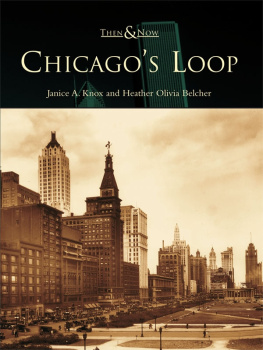
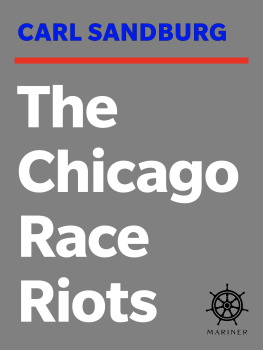

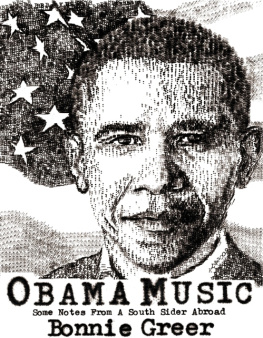
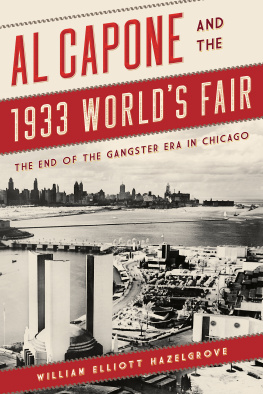
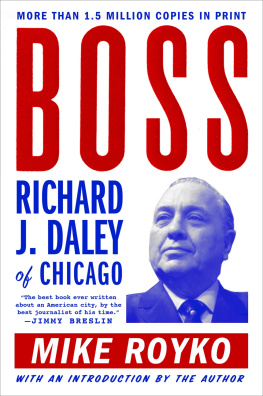
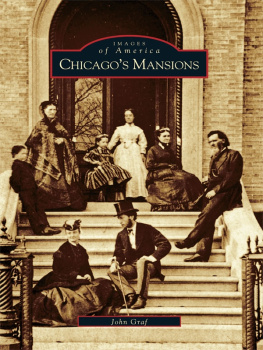
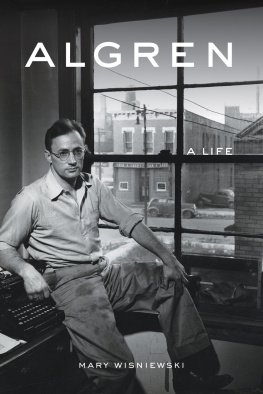
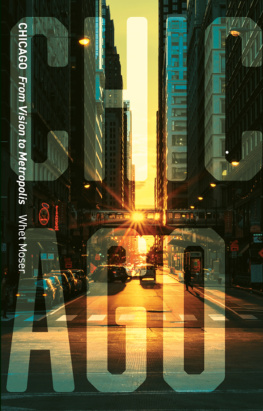


 This paper meets the requirements of ANSI/NISO Z39.48-1992 (Permanence of Paper).
This paper meets the requirements of ANSI/NISO Z39.48-1992 (Permanence of Paper).
